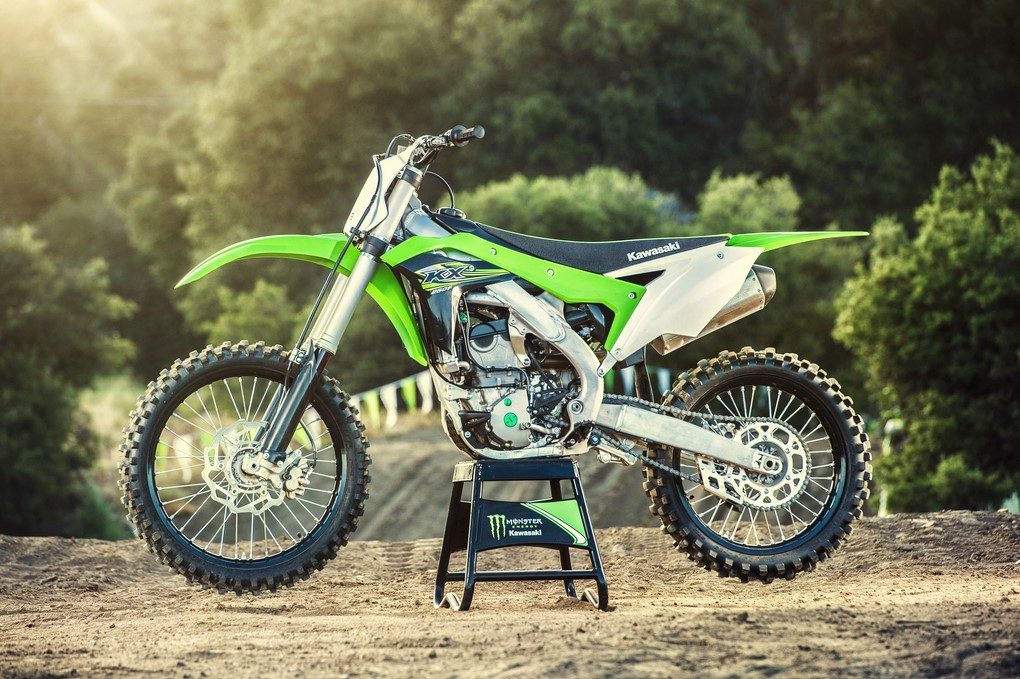


Trek and Specialized, pretty early on, both identified that the sort of bike frame that might suit the amateur MAMIL (more relaxed geometry a bike that soaks up bumps in the road a more upright riding position, all else being equal) was similar to that used by the pros in the more arduous cobbled classics races (sort of: the pros still use an aggressive riding position). If you click and buy something, I get a commission. Note: this post contains affiliate links. That said, I would really like a Roubaix (or any high-end Specialized road bike), so I can’t see me being particularly negative about it, or the company as a whole, as I write this post.ĭrool mode… engaged: 2021 S-Works Roubaix – eTap Bikes Mentioned In This PostĮr, this isn’t going to come as much of a shock… I do therefore have an affinity towards it, and Trek in general. So much so that I just took it back to the frame, cleaned all the components, bought some new bits and then put it all back together: I own a Trek Domane (a 4.3, which I bought in 2013). Or ‘endurance road bike’, as the cycling industry seems set on calling it.
#Best endurance road bike series
Whilst other posts in this series (will) deal with aero bikes, lighter climbing bikes and gravel bikes, this one is really about my specialist subject (sort of): the bike for the older, more comfort-seeking gent. If you haven’t already, you should check out my introductory post on the subject. This is part of a series of posts I’m writing, comparing the road bikes stables of these two large US bike manufacturers, Trek and Specialized. I’ll also look at the particular features that are specific to the bikes, particularly in the area of comfort and ride smoothening. I’ll give an overview of the range of bikes available within each of these model families. Which, if you’ve stumbled upon this post by accident and you’ve missed the tone of things round here, are both road bikes. In this post I’m going to compare the Trek Domane with the Specialized Roubaix.


 0 kommentar(er)
0 kommentar(er)
